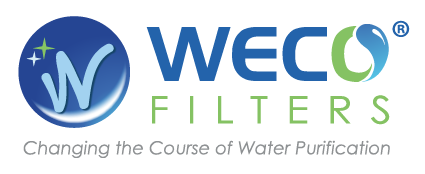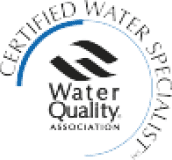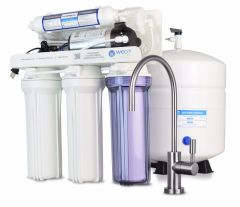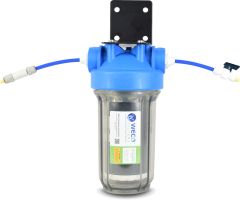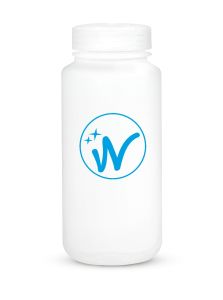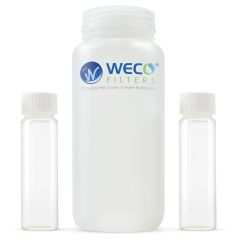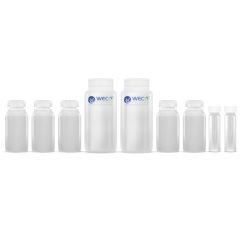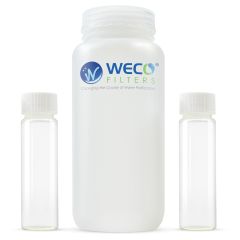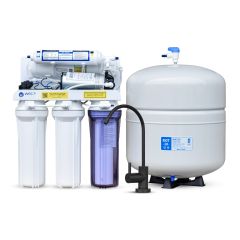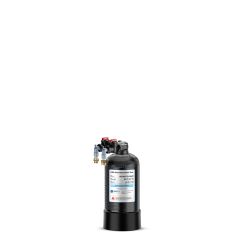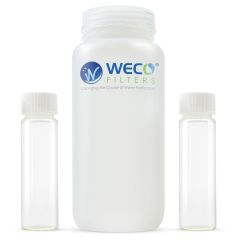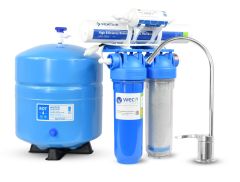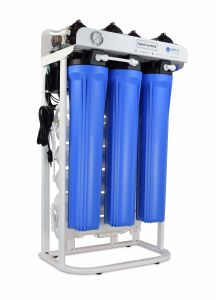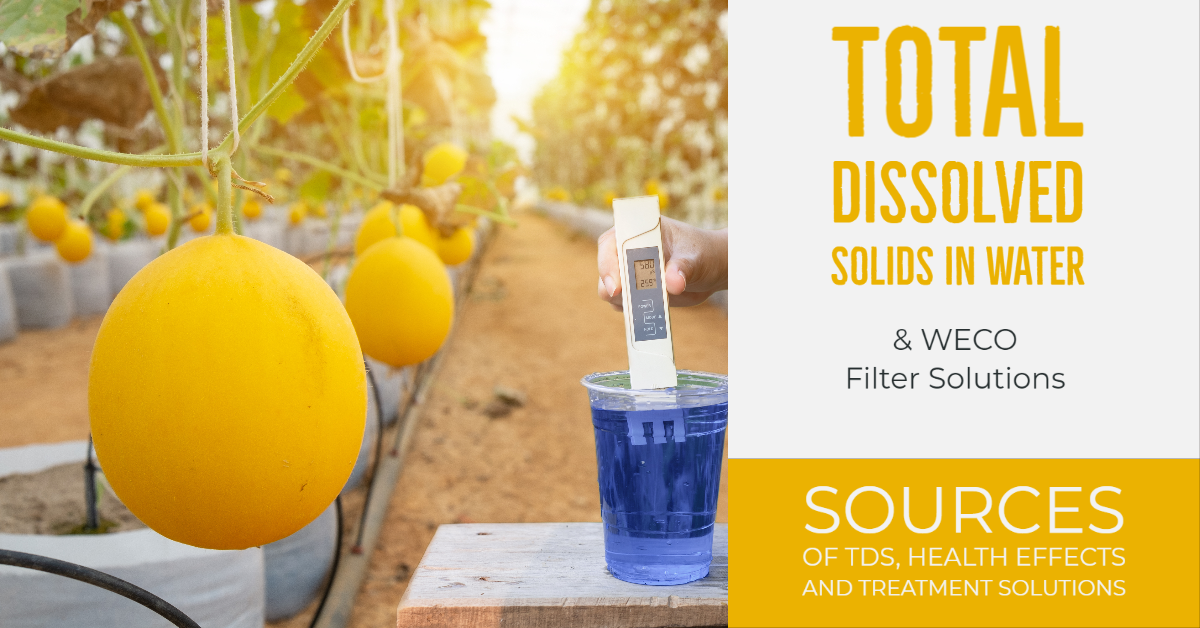
What is TDS?
TDS stands for Total Dissolved Solids. TDS is a general measure of the amount of substances dissolved in lakes, streams and tap water. Theses “dissolved solids” include mostly inorganic salts like sodium, calcium, magnesium, potassium cations and chloride, bicarbonate, carbonate, phosphate, sulfate and nitrate anions.
How do these substances get into the water supply?
When water percolates through underground rock formations and soil, some of the natural minerals dissolve into the water. Depending on the amount and type of minerals in the rock and soil, the ground water could very high, very low, or somewhere in between in mineral content. Water treatment facilities sometimes add chemicals to prevent the water from being acidic or corrosive. The more substances dissolved in the water, the higher the TDS.
How is TDS measured?
The most accurate method is a laboratory procedure where a water sample is weighed then heated to evaporate the water. The remaining weight of the leftover solids are used to calculate the total dissolved solids in the water sample. The unit of measure is parts per million (ppm), which is the same as milligrams per liter (mg/l). For many people, this level of accuracy is not required. It is expensive and time-consuming. A much faster method is to use a TDS meter. Hand-held TDS meters measure the electrical conductivity of the water. Dissolved salts and minerals conduct electricity, which the meter detects. The meter converts the reading into TDS as parts per million (ppm). TDS meters are easy to use and provide an accurate TDS reading for many water quality applications.
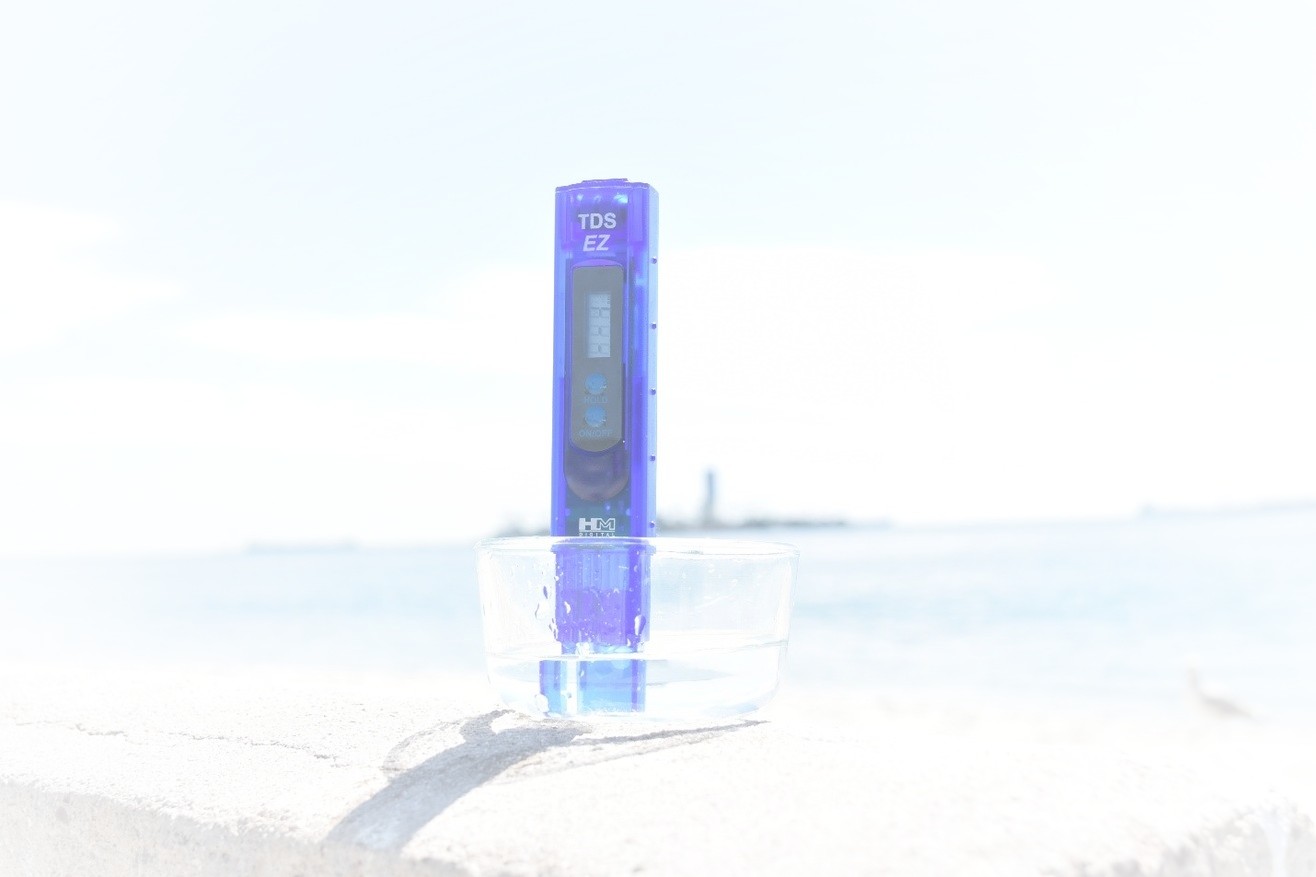
Why is TDS important to water quality?
TDS is not a direct measurement of harmful substances or pollutants. TDS is simply a measure of the substances dissolved in water. Distilled water has a TDS of 0.5 ppm or less. The ocean has a TDS of 30,000 ppm. Good or bad TDS is relative to the water being tested. TDS is a helpful parameter for monitoring the general water quality of a known source of water. Here is a perfect example! If you tested the TDS of distilled water and found it was 100 ppm, you’d know something was wrong with the water. Take a look at these “ideal” TDS levels.
What is the right TDS for my water?
The ideal TDS level depends on what the water will be used for. Take a look at these suggested TDS ranges.
- Coffee brewing – 75 to 250 ppm
- Tea brewing – 50 to 150 ppm
- Steam ironing – 0 to 30 ppm
- Car wash – 5 to 30 ppm
- Injectable drug – 0.00 ppm
- Pickle brine – 30,000 ppm
- Bottled water – 16 to 300 ppm
- Mineral water – 3000 ppm
- Distilled water – 0 ppm
Monitoring your Reverse osmosis filtration system with a TDS meter
One the most useful functions of a TDS meter is the ability to check on the status of your reverse osmosis (RO) filter. An RO system lowers the TDS by removing the minerals, salts and contaminants from the water. Over time the RO membrane begins to get less efficient at removing dissolved substances. The TDS level gradually climbs as the membrane deteriorates. It is unfortunate that so many homeowners neglect their RO water purification systems. An old, non-functioning RO membrane may continue to produce water but it will be full of salts, minerals and pollutants like lead, copper and nitrate. The best way to check your RO is with a TDS meter.
How to I test my reverse osmosis system with a TDS meter?
A properly functioning reverse osmosis filtration systems will reduce the TDS by 85% or higher. Here is an example:
- Your unfiltered tap water has a TDS level of 100 ppm
- Water from the RO filter has a TDS of 10 ppm
- This means the RO is removing 90% of the TDS and is working properly
Here is another example:
- Your unfiltered tap water has a TDS level of 100 ppm
- Water from the RO filter has a TDS of 60 ppm
- This means the RO filter is removing 40% of the TDS and is malfunctioning
Most water treatment professionals recommend replacing the RO membrane when the TDS removal rate gets to about 70%. Test the TDS of your incoming water supply and compare it to the water purified by the RO system. Your filtration system may remove up to 99% of the TDS. Most water treatment professionals recommend replacing the RO membrane when the TDS removal rate gets down to about 70%.

The WECO TDS meter is easy to use and will provide an accurate snapshot of your reverse osmosis system’s efficiency. It will take the guesswork out of maintaining your RO system and provide peace of mind knowing that you and your family are drinking purified water.
